Two (Non-Halal) Things That Could Be On Cheese Rind
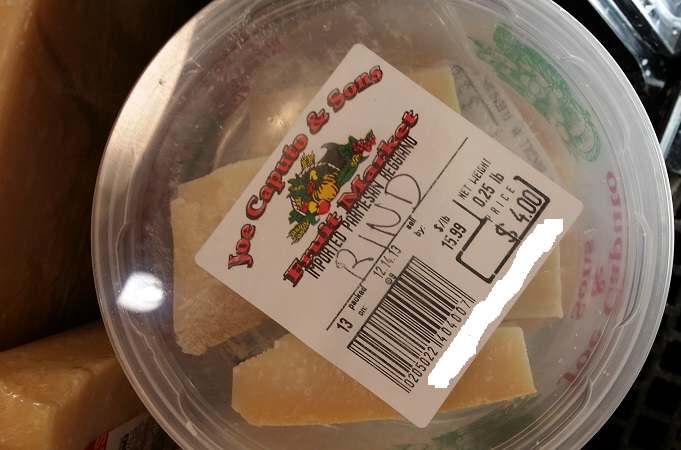
Cheese is probably my most favorite food, next to bread. I know, it’s more like an ingredient but I grew up on cheese and carbs, whether it was mac ‘n cheese, cheesy pasta, pizza, grilled cheese sandwiches or some other type of sandwich that had meat and cheese- there had to be cheese or it didn’t feel like a complete meal to me. I’m the same way to this day.
Which can be sort of a problem.
Especially since my tastes have long outgrown the processed cheese blocks of my childhood.
Having traveled extensively throughout France and Italy, I’ve tried so many different and exotic fresh and hard cheeses, it’s difficult to imagine never having them again, especially since they’re so readily available at international markets in the Chicagoland area where I live and in places like Whole Foods Markets where they take great pride in announcing the country of origin in their cheese displays, which makes it a lot of fun to shop for them.
Here’s the problem more so than anything else commonly talked about: the rind.
Yes, the outer part of the cheese, which is edible. In the world of gourmet cooking, this is some of the best part of the cheese to use because it can be thrown into soups and stews for added flavor rather than throwing out parts of it that are too difficult to shred for pasta.
Aside from the issue of rennet and whey, which I address here regarding the overall cheese issue as it relates to halal, the rind can possibly have either lard (pork fat) or wine, which might be used as a ‘wash’ for the rind once the cheese wheel is made.
Are you stunned?
I was. I first learned about this when I spoke at Cornell University last year in April for the Language of Food Conference. After my presentation, we stayed on to listen to local artisans talk about cheese qualities. The topic of lard or wine washes were mentioned very casually, but to me it was a “HOLD ON” moment.
What?
So, I asked, just to make sure I had heard correctly. Basically, it was true- some cheeses are washed with lard or wine in order to carefully cultivate mold in the drying rooms. This is done so that mold will only occur on the rind and is done mostly with ‘natural‘ rinds or ‘surface-ripened‘ rinds.
The takeaway? If you’re concerned about the content of your cheese and are looking for something made without animal rennet or whey, it’s best to look for microbial rennet and enzymes, unless you can find halal-certified cheeses. Then, the next step would be to ask about the rind when choosing hard cheeses, although this can be quite difficult as it’s not often listed on the ingredient lists in most packaging. In that case, you might have to ask the cheese monger and he/she would have to be knowledgeable enough about the specific type of cheese or resourceful enough to find out for you whether or not the rind was washed with lard or wine.
Here is some exact text and below that a few links to pages where you can get fuller, more detailed explanations. (Source: RealCaliforniaMilk.com)
- “Natural Rinds are created by wiping the surface of the cheese with lard, vegetable oil, or olive oil so molds carefully cultivated in the aging room will develop only on the rind.”
- “Surface-ripened Rinds fall into two categories. Washed Rind: created by washing the surface of the rind with whey, brine, or a beverage such as beer to encourage moisture-loving bacteria, yeasts and molds to colonize on the surface. White or Bloomy Rind: created by adding white mold strains to the curd or wiping the surface.”
Additional Reading:
RealCaliforniaMilk.com– Cheesemaking Terms
SpecialtyFood.com– Cheese Rinds 101
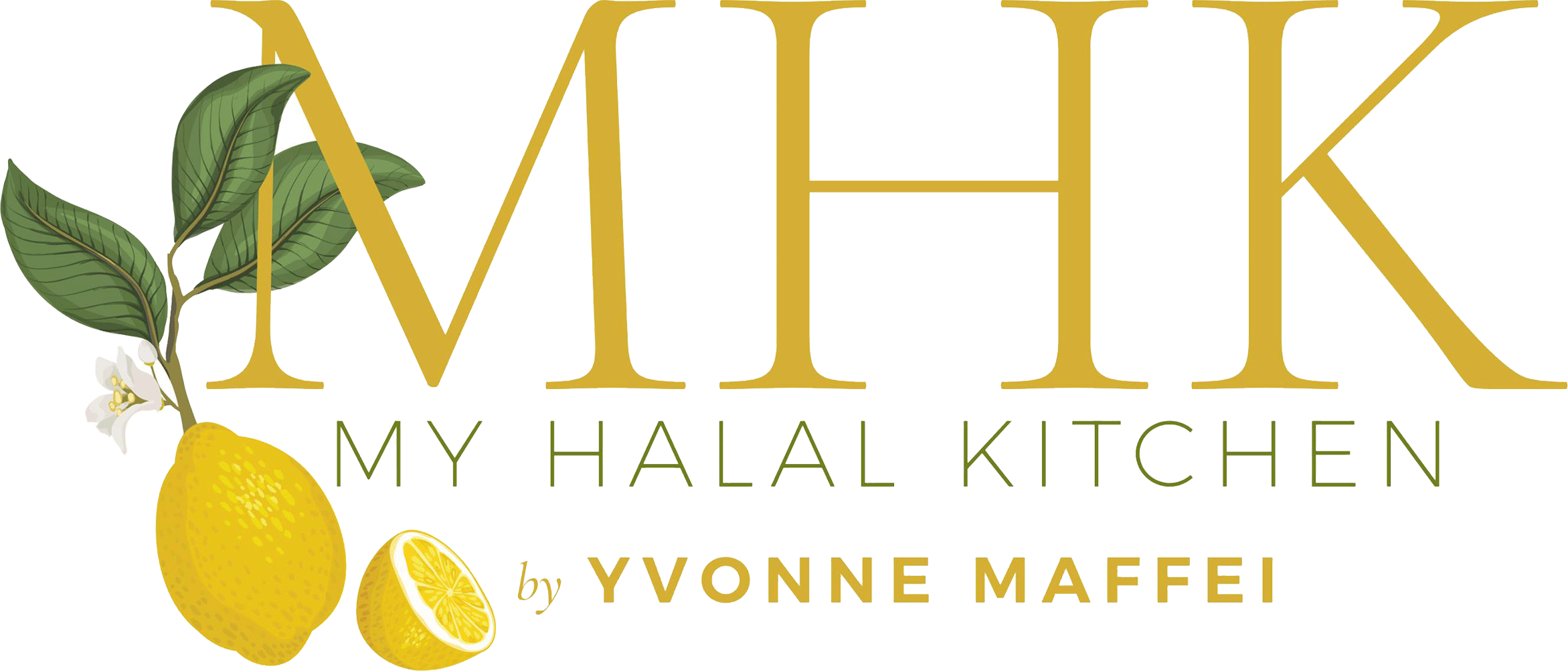
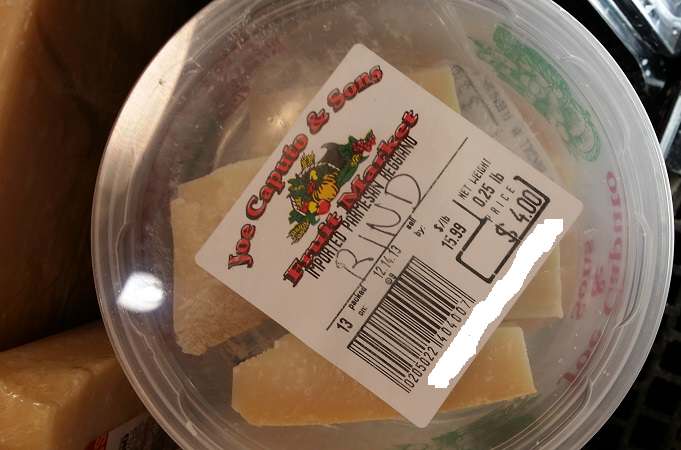
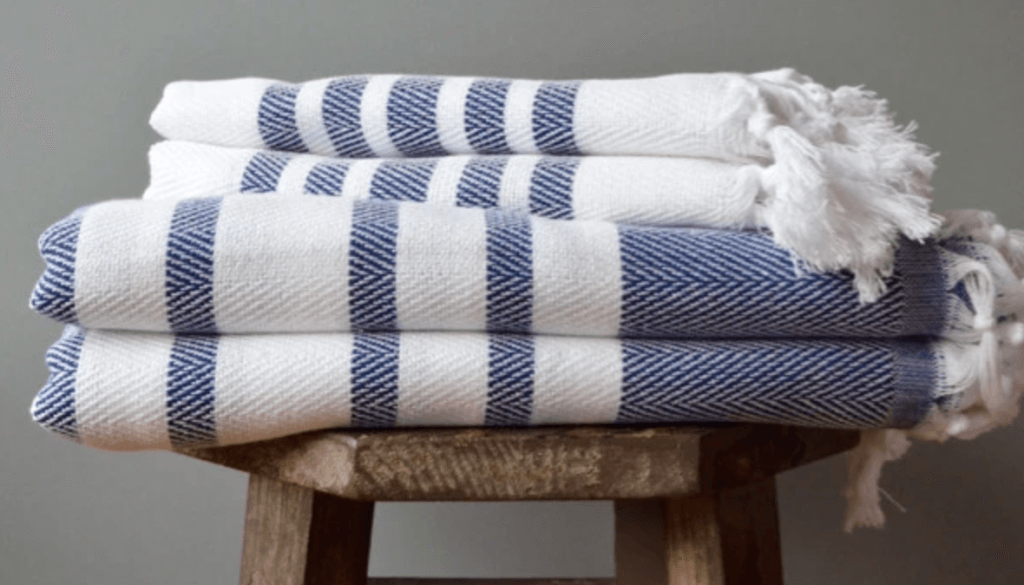
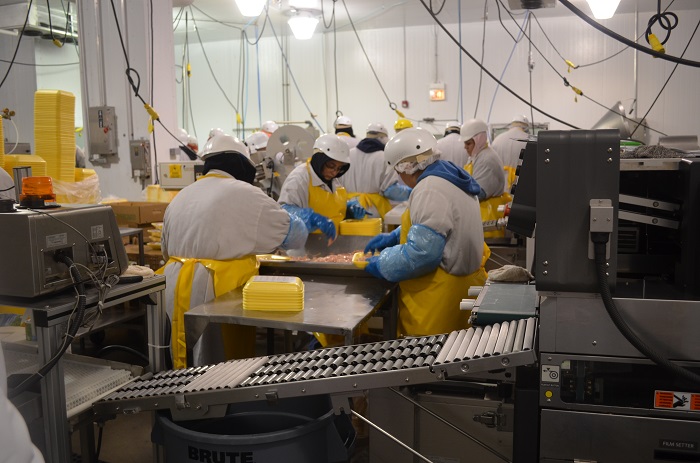


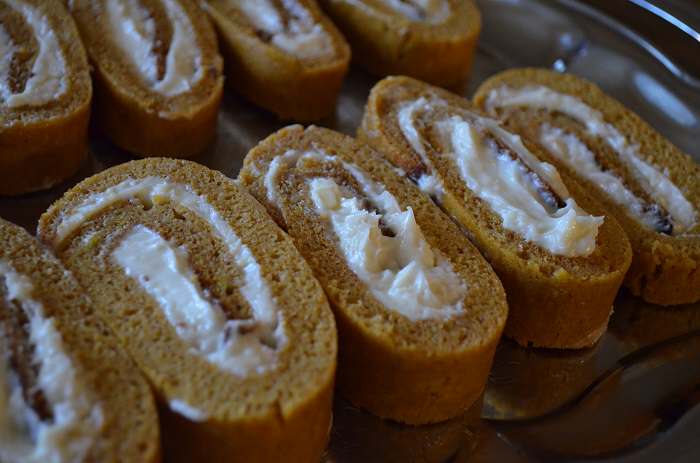


Salaam alaikum!
Thanks for this post…I LOVE cheeses and have been saddened to take them one by one off…I too have spent lots of time in France and appreciate the cheeses….haven’t been able to enjoy them for a long time due to halal concerns! I did not realize Whole Foods has veg friendly cheeses, however, it is not full proof because alcohol is considered veg friendly! Recently we started to rethink our sweet consumption with the issue of vanilla extract (alcohol) and now the latest is castoreum (labeled as ‘natural flavors’) which is as you probably know is some bodily secretion taken from beaver’s scent glands to give that musky vanilly flavor in random products never labeled! Arghh! Nowdays its homemade EVERYTHING!
Take care Yvonne, and as always I enjoy reading!
Valerie (from Seattle)
I am not sure alcohol would be an issue with a wine or beer washed rind — through evaporation and mold/enzyme action, how could there be any alcohol to speak of? I bet even if one ate pounds and pounds of the rind alone, they would get less alcohol than they would from a slow fermented bread dough. This is a good moment to remember that within Islam there is a tradition of not over-complicating things that could be approached scientifically and kept simple: I would be inclined to enjoy the cheese, and if the rind still poses a question mark for you, cut it off and give it to a friend to use in their soups. (In the unlikely event that there is any alcohol left in the rind, it will boil off into the air.)
agreed! for me – its keep it simple! Can always cut away/remove if in doubt.
I understand, respect and keep in the spirit of not consuming alcohol. But Im not prepared to micro-manage ingredients at a molecular level – e.x. as you say, slow fermented bread dough, a few drops of vanilla essence etc. Im sure in the cooking process, these are non-issues anyways.
What about applying sanitizer to our hands? thats alcohol, but serves a very sprecific purpose. gotta take context into consideration and draw the line somewhere.. for each person that line is unique and equally valid.
It is not important if the alcohol is still there when it cooks off. Would you eat a dish cooked with pork meat just because it is taken off later on? What is forbidden is forbidden in any amount.
And what of the cow that touched the pig in the field?
I recently learned this too! I took an artisan cheese class and we got to visit a cheese aging facility. They showed us a beautiful clothbound cheddar. Then they described the process of wiping the cloth with lard in order throughout the aging process. It had never occurred to me that pork fat could be in my cheese! While I don’t keep strict kosher, I do avoid pork/shellfish in my diet. I know that the cheese isn’t labeled kosher/halal, but it also doesn’t specify anything about lard.
Yvonne, I wanted to take a moment to thank you for your posts on the ingredients used to make cheese. The question about rennet came up recently in my vegetarian nutrition class and I’m finding it surprisingly difficult to be able to reliably point them to information about whether animal sources were used or not. I had NO idea that pork fat is used to “wash” the outside of the cheese. I find it incredibly disheartening that in this day in age we have to fight to figure out how our food was made and what it was made with!
Thanks again! I’m glad I stumbled on your site for this research I’ll be sure to come back frequently.
-Sarah Butler, Boston University Registered Dietitian